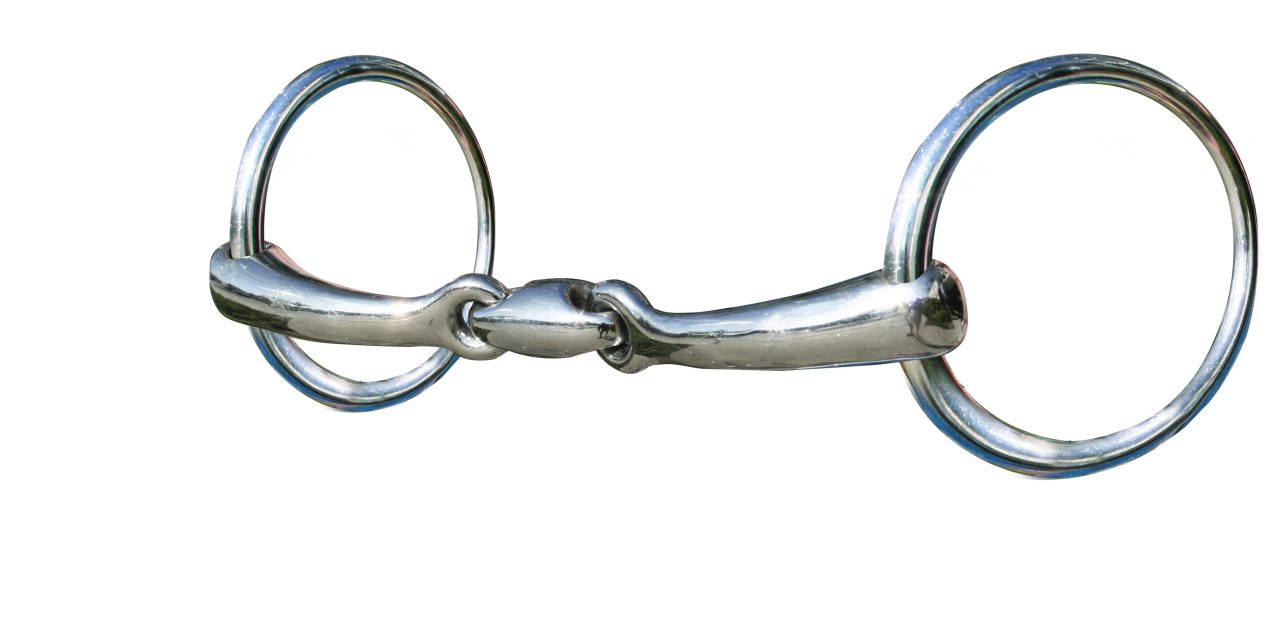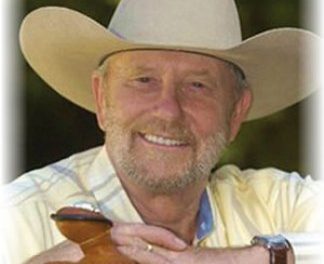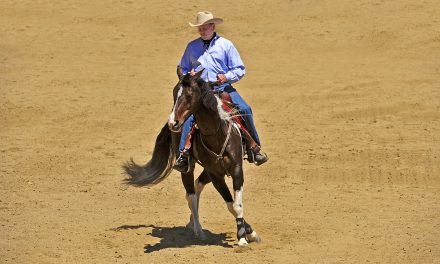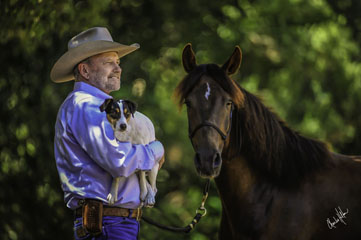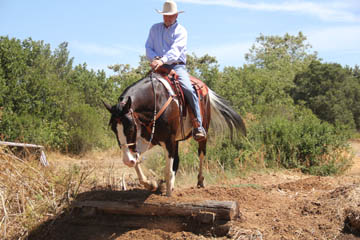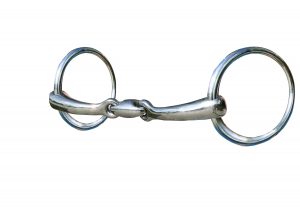
3 piece snaffle
There are a lot of opinions out there about the snaffle bit. Everyone, from your local trainer to a national level trainer, has a point of view on the right type of snaffle and how it should be used. There are also many styles of snaffle bits including a full-cheek snaffle, a lose-ring snaffle, an offset D-ring, an O-ring, an egg butt and more. There are also various types of month-pieces.
The most common month piece is a two-piece, loose joint, broken in the middle. A snaffle bit works by applying left and right lateral pressure to the corner of the mouth, vertically to the tongue and the bars, in that order. In general, I like a two-piece but there are times when a 3-piece is preferred. When you pull on the reins with a 2-piece, the break in the middle is pointed and in some opinions, this point hits the roof of the horse’s mouth. That is true to an extent but my concern is that sometimes we are throwing the baby out with the bath water or overreacting. The snaffle is an effective way to communicate with a horse. If used properly, it is not severe. Maybe three out of fifty horses have a low upper pallet. With a horse like that, I will use a three-piece. A three-piece bit has a section or link in the middle and when the rein is pulled back it does not make a tip but a straight flat edge. I have also had horses here that needed more tongue relief. For a horse like that, I use a snaffle that has more bend and allows for more tongue relief. When the reins are picked up, this type of snaffle allows the centerpiece to remain more level.
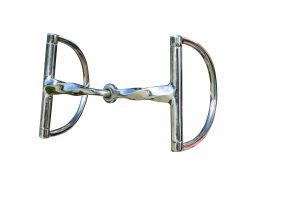
D ring
There are many brands of snaffle bits. For example, many people use a Milar bit. I may use one three or four times a year. There is another snaffle called No Pinch. Their theory is that on a two-piece, when you pick up the right rein the joint of the two-piece hits the tongue and pinches. I’ve tried them all but generally speaking it is the rider’s hands and understanding the nature of the horse and how the horse responds, that determine the best snaffle to use. It is not the equipment that trains the horse.
There is also a snaffle bit that has a straight mouthpiece. The more straight the mouthpiece, the more the bit is going to make contact with the tongue. From my point of view, when I pick up the reins, if the horse will allow me, I want the horse to feel the corner of the mouth first, then the tongue and the bars of the mouth. Sometimes when you have a pushy horse, the horse will open his mouth and start gaping. The bit will contact the bars immediately. When this happens it is usually the rider’s failure to communicate with the horse or the horse as learned to lean. The horse has been taught to pull to find release from the rider pulling on its mouth.
The same thing can happen with a young horse so we have to be careful as the mouth of a young horse is tender and the bit represents something new. With a young horse I will usually use a two-piece with a larger diameter. I may have the young horse pack that snaffle bit around while I am doing ground work until it gets used to the bit and starts drawing it up into it’s mouth which is ideal.
There are snaffle bits that are twisted wire with a very small diameter, what we call piano wire, up to a medium sized mouthpiece with a slow twist. Sometimes you have to revert to a bit like this because the horse pulls so much on your hands. When you put a slow twist on the horse, the horse will lean on the bit but with proper use it will teach the horse to respect your hands. Once the horse starts giving to the bit, you can change to a smooth mouth snaffle. This applies to a two or three-piece or even a one piece. There is also a Billy Allen mouthpiece that has a coupling in the middle and works the same way as a pinch less snaffle. It allows the rider to pick up one side of the mouth without interfering with the outside snaffle part.
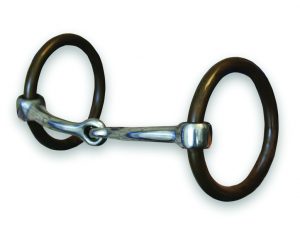
O ring
The width of the bit is also important. You want a little space on each side of the snaffle mouthpiece. If the horse’s mouth measures five inches, I would want at least a five and one quarter inch bit. I might even look for a bit that is five and ½ inches. I don’t necessarily like a five and ½ inch in a five-inch mouth but some cow horse trainers like that extra room. Their theory is that the horse can feel the draw through the mouth before it hits the outside of the jaw.
After more than fifty years working with horses, I start all of my horses in snaffle bits. I then transition the horse to a hackamore. If the horse won’t be staying here in training very long, I will then transition it to a mild leverage bit with a shank about an inch and ½ or two inches. I will also use a very loose curb strap so there is not much bite. Most problems with a curb are caused because the curb is too short/tight and most can be solved by lengthening/loosening the strap.
No matter what type of snaffle you use, it is critical to release the pressure as soon as the horse responds. Listen to what the horse is saying to you. The horse has the last word. Educate yourself to what works best with your horse and don’t get stuck in the mind set that one bit fits all.
Charles Wilhelm

